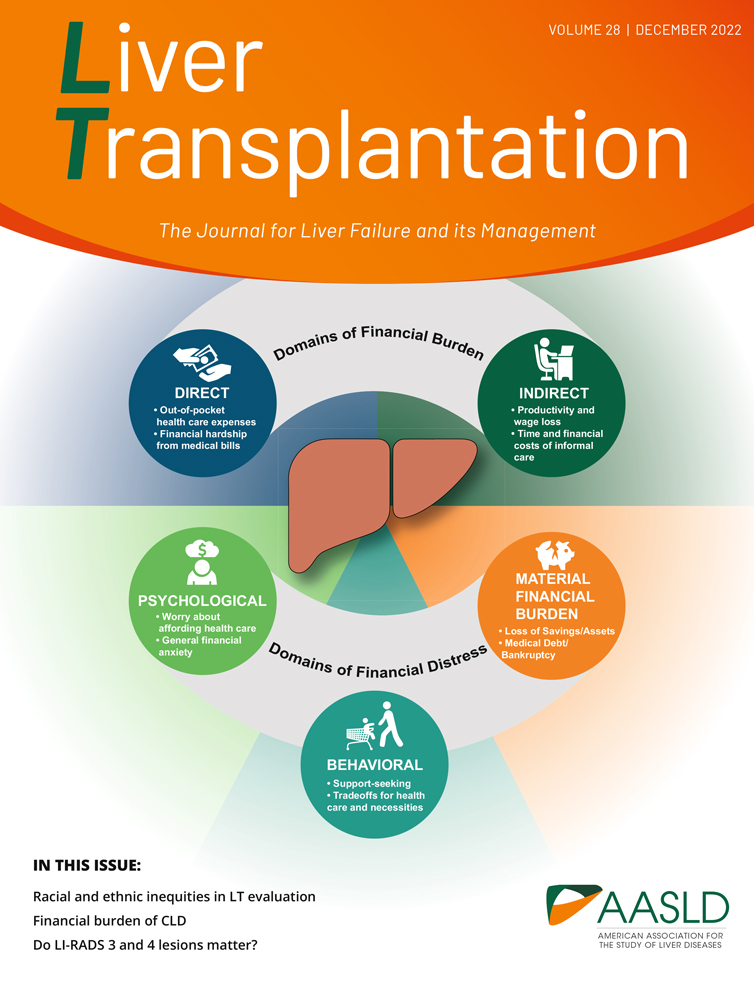Aprotinin in orthotopic liver transplantation: Evidence for a prohemostatic, but not a prothrombotic, effect
Abstract
Aprotinin reduces blood transfusion requirements in orthotopic liver transplantation (OLT). Concern has been voiced about the potential risk for thrombotic complications when aprotinin is used. The aim of this study is to evaluate the effects of aprotinin on the two components of the hemostatic system (coagulation and fibrinolysis) in patients undergoing OLT. As part of a larger, randomized, double-blind, placebo-controlled study, we compared coagulation (fibrinogen level, activated partial thromboplastin time [aPTT], prothrombin time, and platelet count) and fibrinolytic variables (tissue-type plasminogen activator [tPA] antigen and activity, plasminogen activator inhibitor activity, and D-dimer), as well as thromboelastography (reaction time [r], clot formation time, and maximum amplitude) in 27 patients administered either high-dose aprotinin (2 × 106 kallikrein inhibitor units [KIU] at induction, continuous infusion of 1 × 106 KIU/h, and 1 × 106 KIU before reperfusion; n = 10), regular-dose aprotinin (2 × 106 KIU at induction and continuous infusion of 0.5 × 106 KIU/h; n = 8), or placebo (n = 9) during OLT. Blood samples were drawn at seven standardized intraoperative times. Baseline characteristics were similar for the three groups. During the anhepatic and postreperfusion periods, fibrinolytic activity (plasma D-dimer and tPA antigen levels) was significantly lower in aprotinin-treated patients compared with the placebo group. Interestingly, coagulation times (aPTT and r) were significantly more prolonged in aprotinin-treated patients than the placebo group. No difference was seen in the incidence of perioperative thrombotic complications in the entire study population (n = 137). Aprotinin has an anticoagulant rather than a procoagulant effect. Its blood-sparing (prohemostatic) effect appears to be the overall result of a strong antifibrinolytic and a weaker anticoagulant effect. These findings argue against a prothrombotic effect of aprotinin in patients undergoing OLT.




